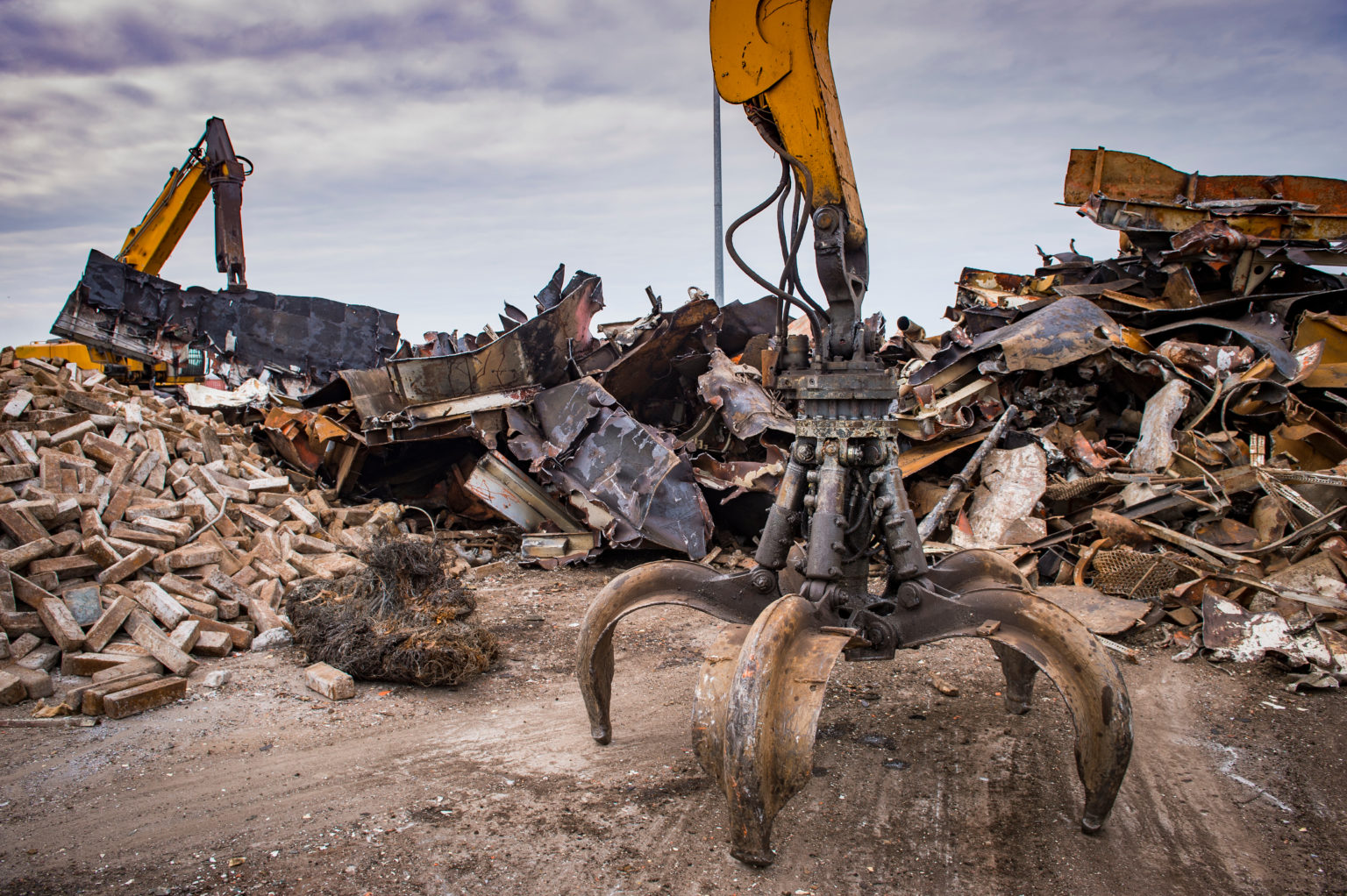The scrap metal industry has always been at the forefront of adopting new new technologies in order to streamline processes and increase efficiency. In recent years, there have been several new technological developments that have had a significant impact on the industry.
One of the most significant technological developments in the scrap metal industry has been the use of sensors and automation. By using sensors to monitor the quality and quantity of scrap metal as it is being processed, scrap yards are able to optimize their operations and minimize waste. Additionally, the use of automation has allowed scrap yards to reduce their reliance on manual labor, leading to increased efficiency and safety.
Another major technological advancement in the scrap metal industry has been the use of data analytics. By collecting and analyzing data on the types and quantities of scrap metal being processed, scrap yards are able to make informed decisions about how to best allocate their resources. This has led to a more efficient and cost-effective use of resources, as well as a better understanding of market trends.
In recent years, there has also been a significant increase in the use of robotics in the scrap metal industry. These robots are able to perform tasks such as sorting and separating scrap metal, as well as handling and transporting it. The use of robotics has allowed scrap yards to reduce their labor costs and increase efficiency, while also improving safety by reducing the need for humans to perform potentially dangerous tasks.
Another area where technology has had a major impact in the scrap metal industry is in the realm of recycling. With the increasing focus on sustainability and the need to reduce waste, scrap yards have turned to technology to improve their recycling processes. This includes the use of advanced sorting and separation technologies, as well as the development of new recycling methods.
One example of this is the use of advanced shredding technologies, which allow scrap yards to efficiently break down large pieces of scrap metal into smaller, more manageable pieces. This makes it easier to sort and separate the metal, and also allows for a higher degree of recycling. Other technologies, such as pyrolysis and plasma arc melting, are being developed to recycle difficult-to-process materials, such as electronics and batteries.
Overall, the scrap metal industry has made significant progress in adopting new technologies in recent years. From sensors and automation to data analytics and robotics, these technological advances have allowed scrap yards to streamline their operations, reduce costs, and increase efficiency. As the demand for sustainable solutions continues to grow, it is likely that we will see even more technological advancements in the industry in the future.
